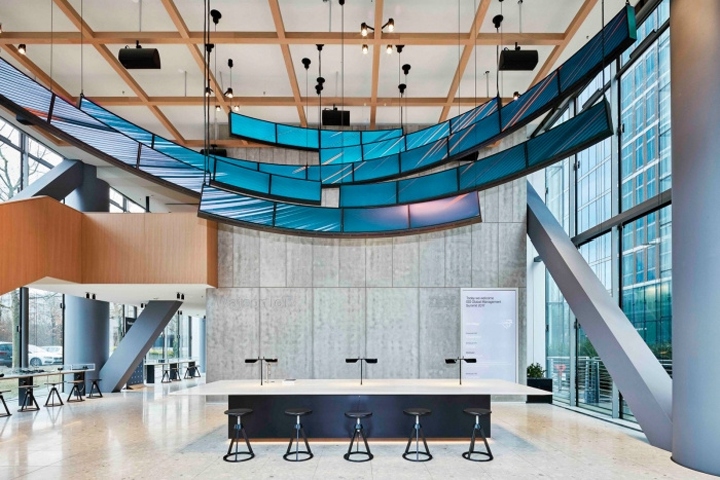Next-Gen Architecture: Cognitive Design
While technology evolves, and the artificial intelligence becomes dominant in every fields. The construction practice goes beyond what we can imagine now. Cognitive buildings are a novel concept, integrating artificial intelligence into buildings and making easier to control our comfort parameters.
The practice of architecture and construction is beginning to resemble industries like automotive, naval, and aviation, where sensors are traditionally integrated into products and components. In a similar approach, sensors are integrated into building systems to collect real-time data. This data is then linked to a digital twin of the building, created and managed using Building Information Modeling (BIM) tools.
Cognitive buildings are smart buildings that go beyond traditional automation systems by using artificial intelligence (AI), machine learning (ML), real-time data, sensors, BIM and IoT to understand, learn from, and optimize operations. Cognitive buildings can perceive, reason, act and learn, that is they can gather data from building components, analzye them, take intelligent actions, and adapt or optimize the parameters over time.
This system can eventually create more sustainable, energy-efficient, cost-effective, regenerative building environments within smart urban developments.
- Self-Learning Systems, using AI and ML to improve decision-making without human intervention
- Real Time Data Processing, using IoT to collect data from infrastructure, HVAC, lighting, occupancy, etc.
- Occupant Centric Systems, by adjusting and optimizing lighting, temperature, air quality, etc.
- Energy and Source Optimization, monitor and reduce energy use, and integrating renewable energy sources.
- Climate Responsive Systems by acting to real-time environmental data.
- Integration of Building Information Modeling, making construction, operation, and maintenance phases more effective.
Examples of Cognitive Design Projects
IBM Watson IoT Platform

IBM’s Watson IoT platform uses sensors, AI, and data analytics to enable smart buildings with predictive maintenance, energy efficiency, and personalized user experiences. In partnership with ISS, IBM is helping transform building services into more intuitive and responsive systems.
The Edge – Amsterdam

This office building has a smart and sustainable design, equipped with 28,000 sensors integrated its infrastructure. These sensors monitor occupancy, lighting, temperature and air quality. AI-driven systems, then use data to adjust building operations in real-time. Occupants are allowed to optimize environmental conditions dynamically by using smart devices.